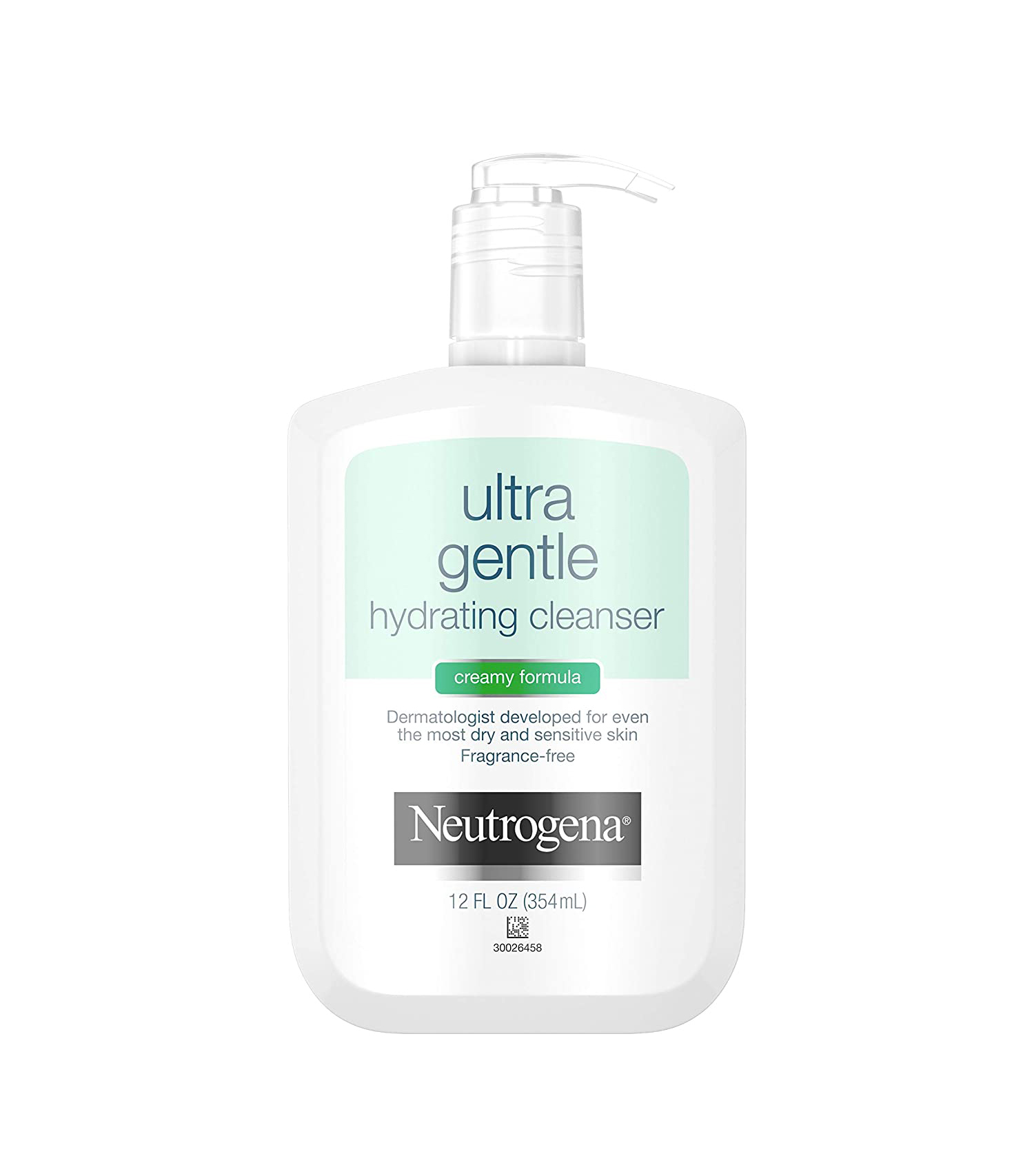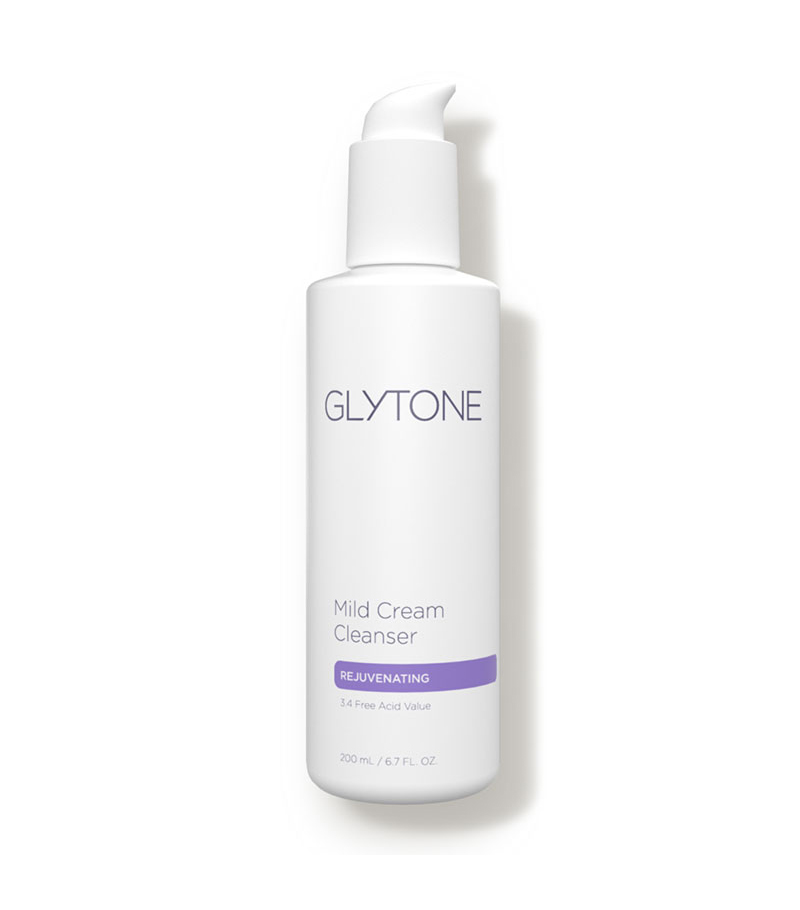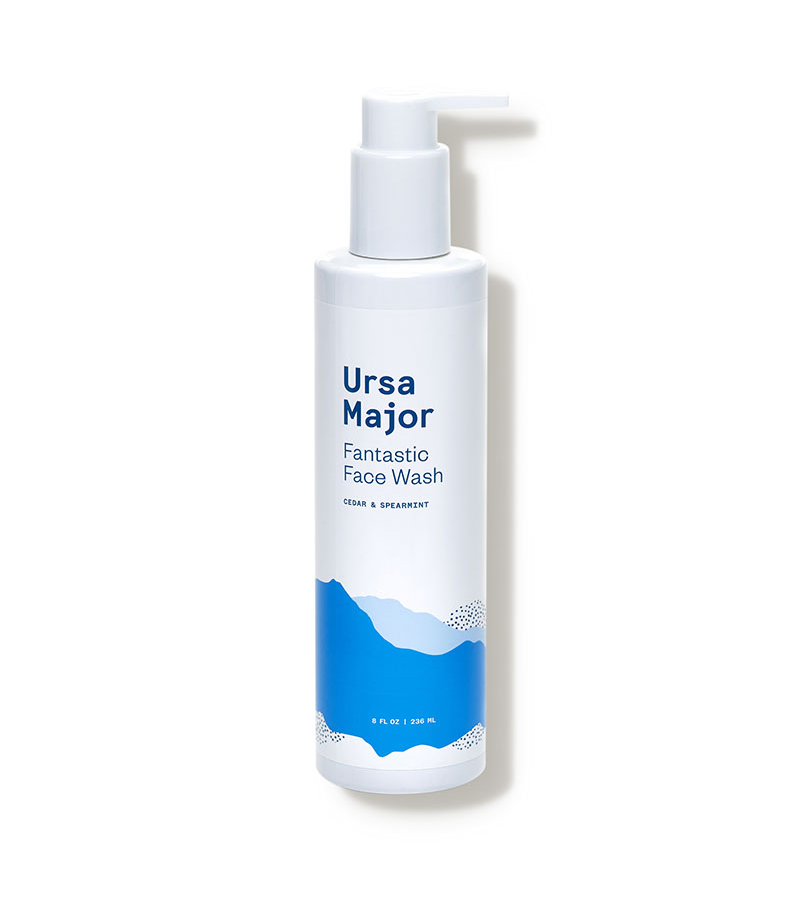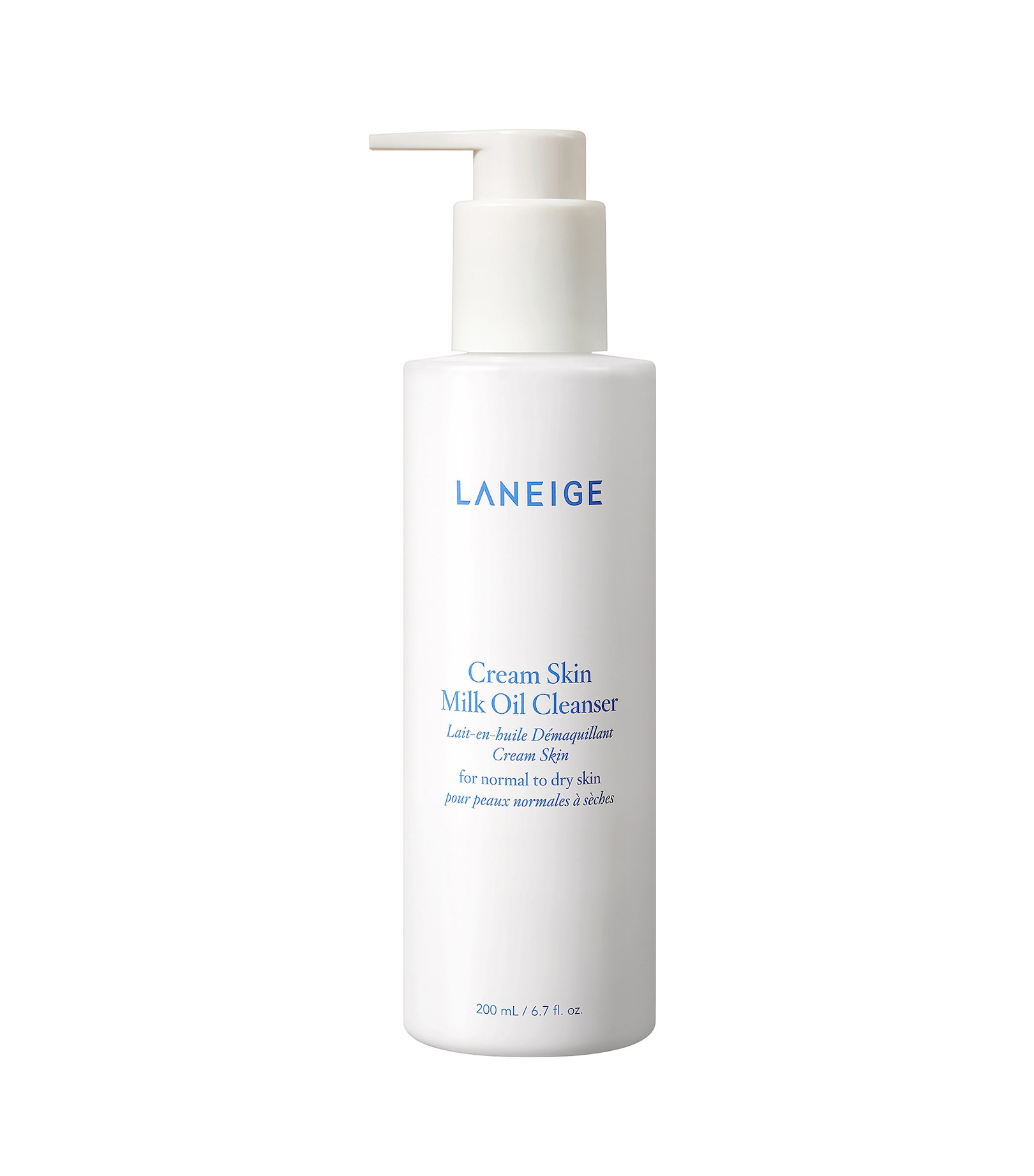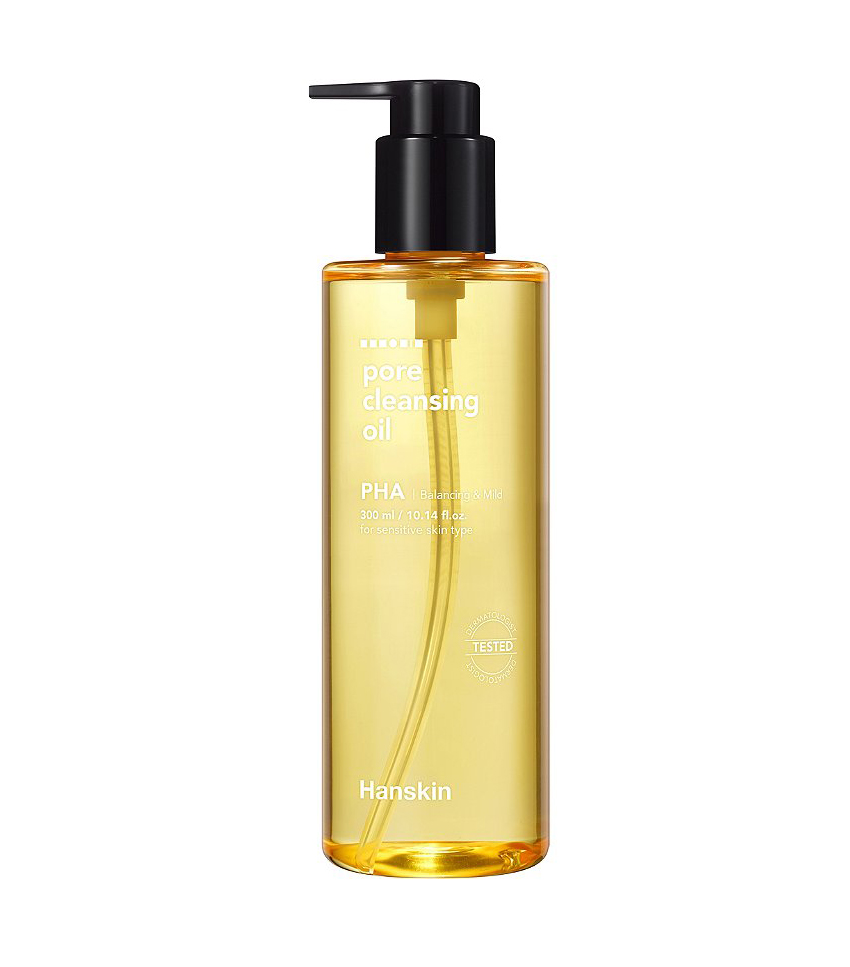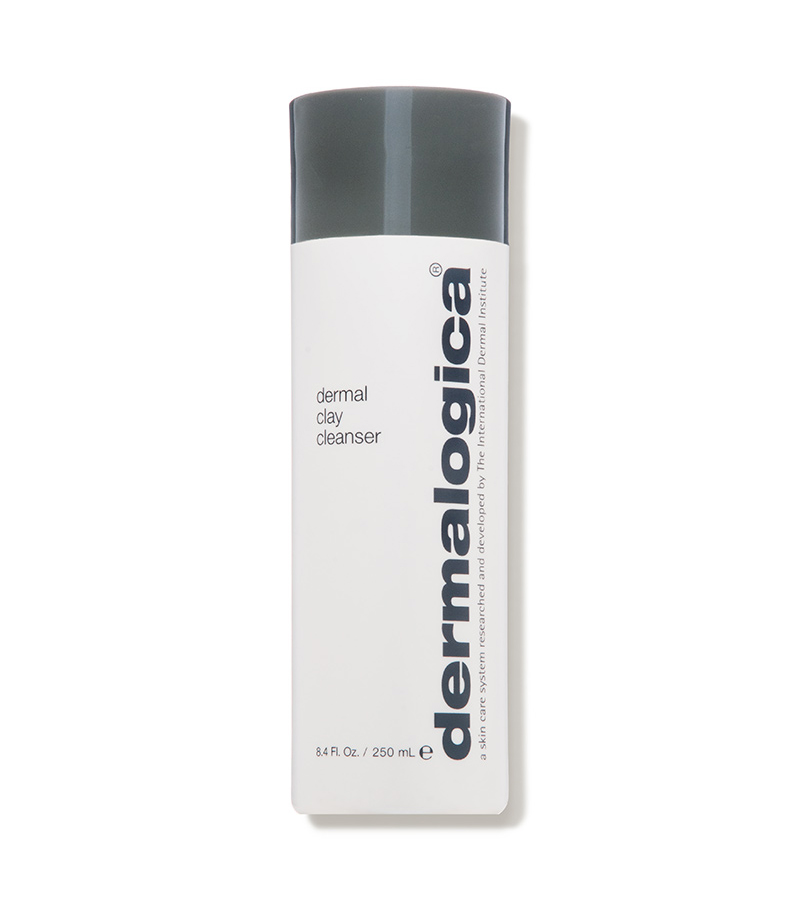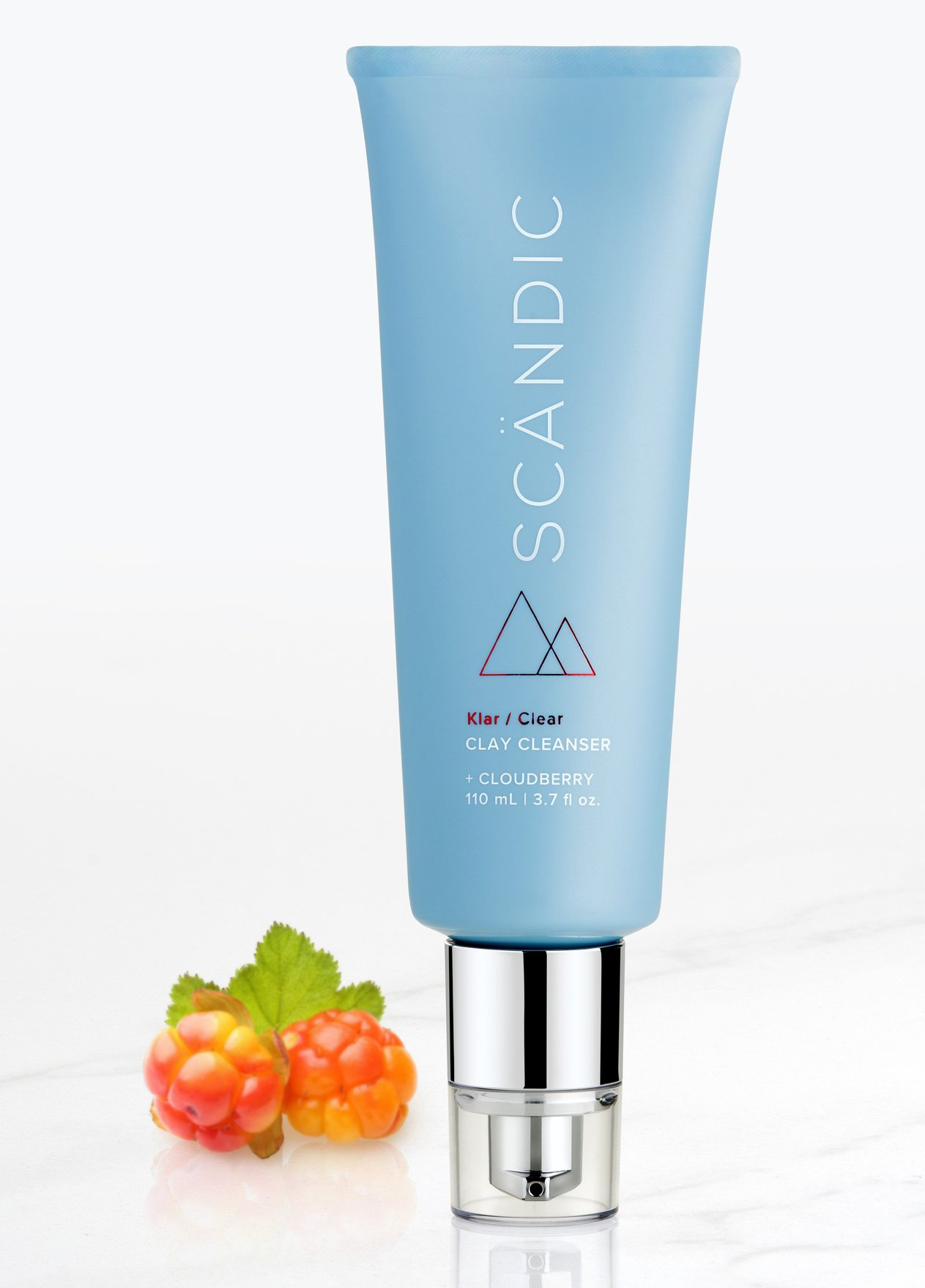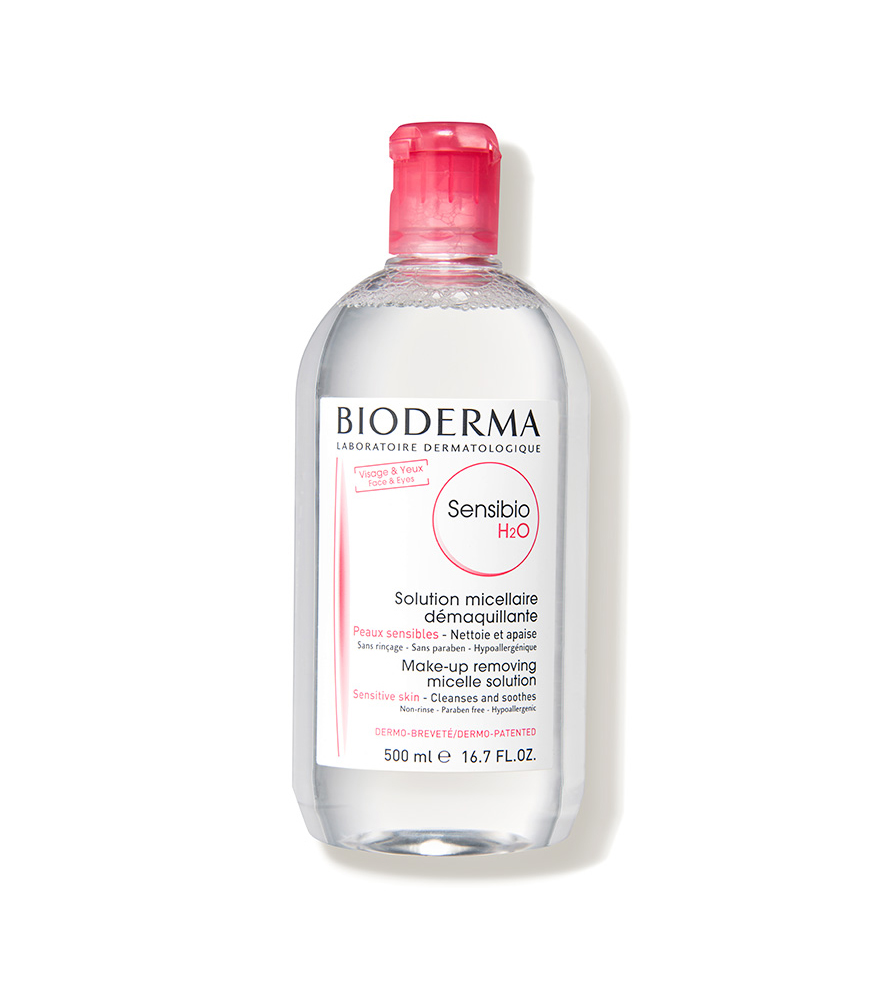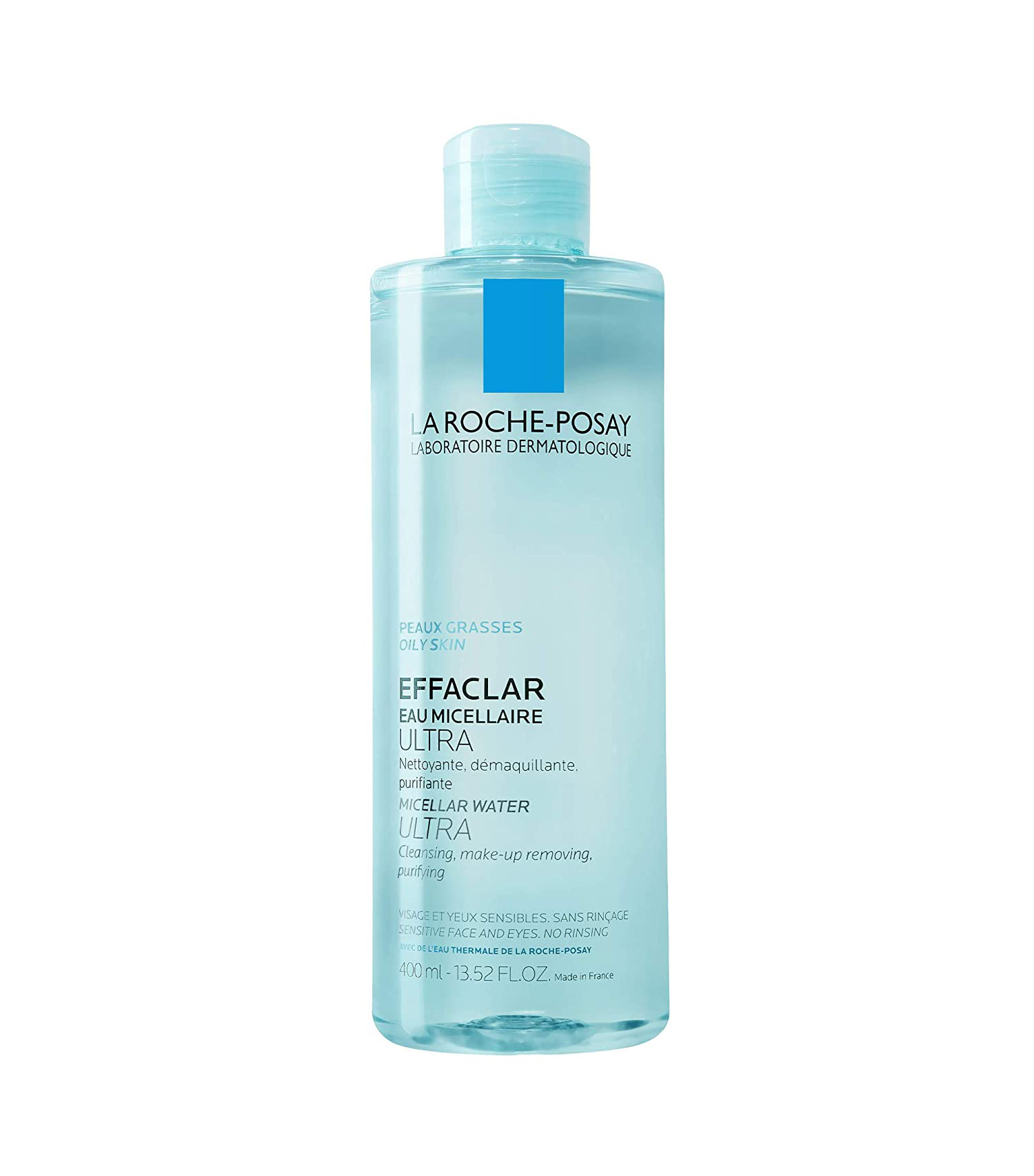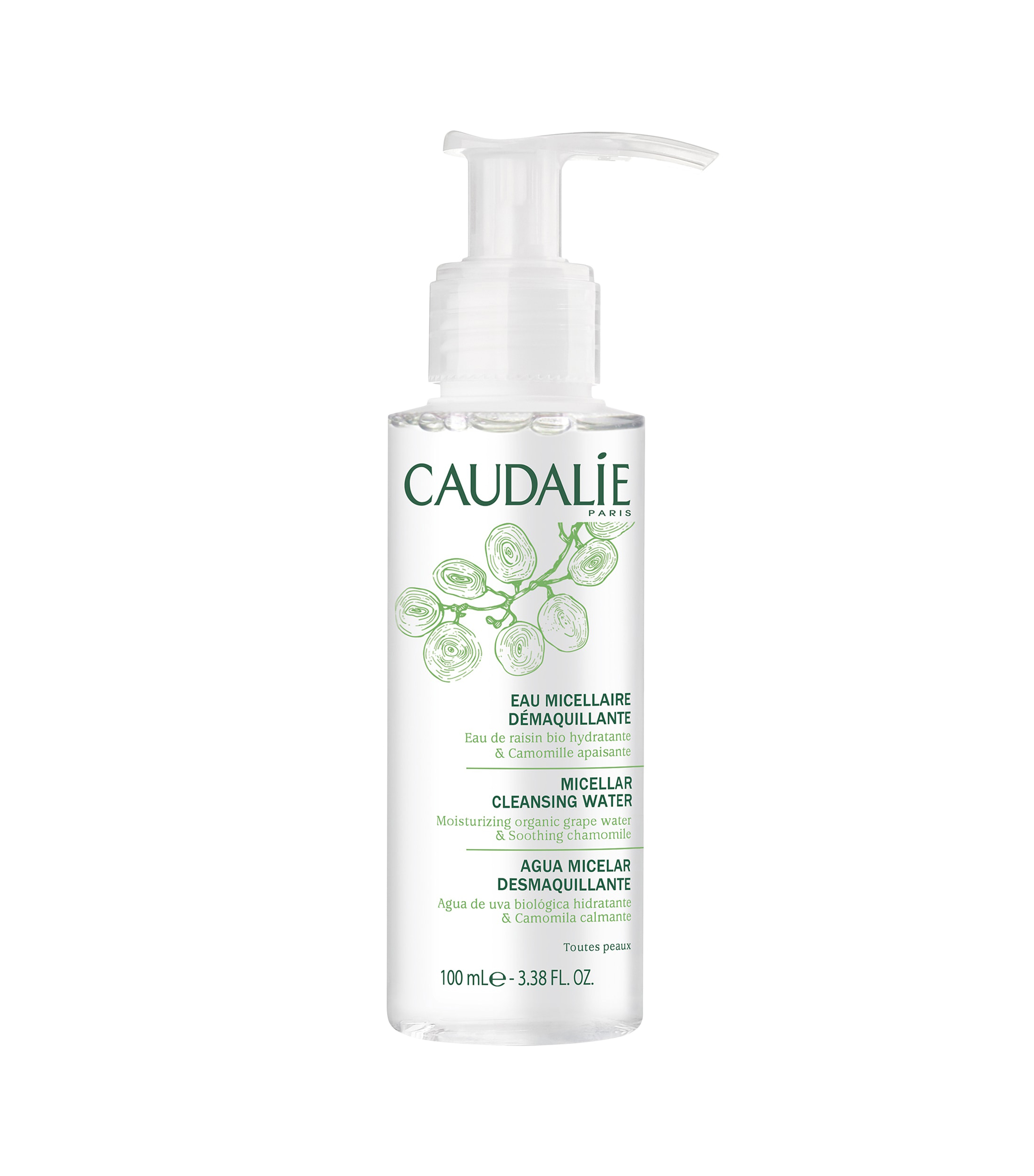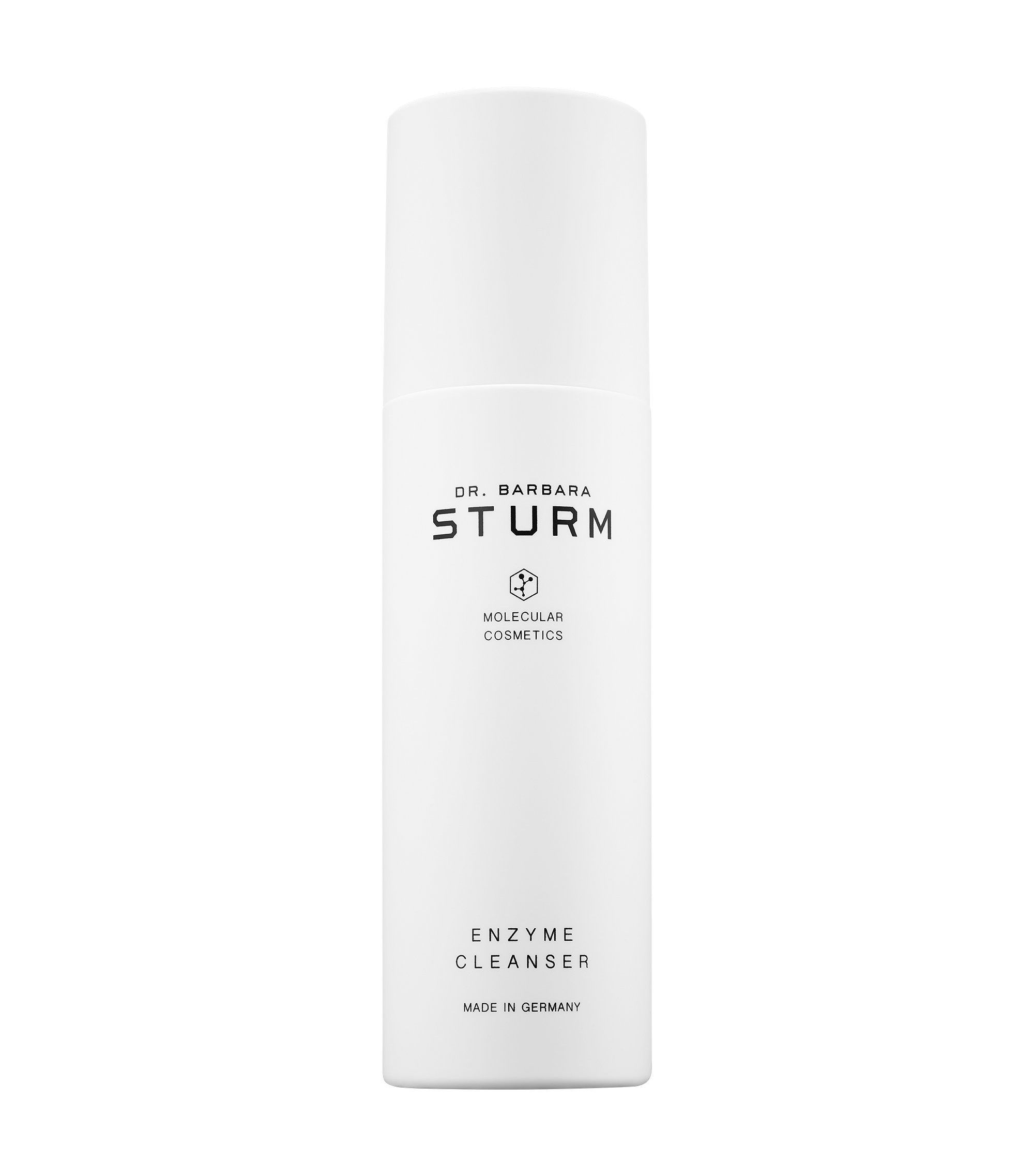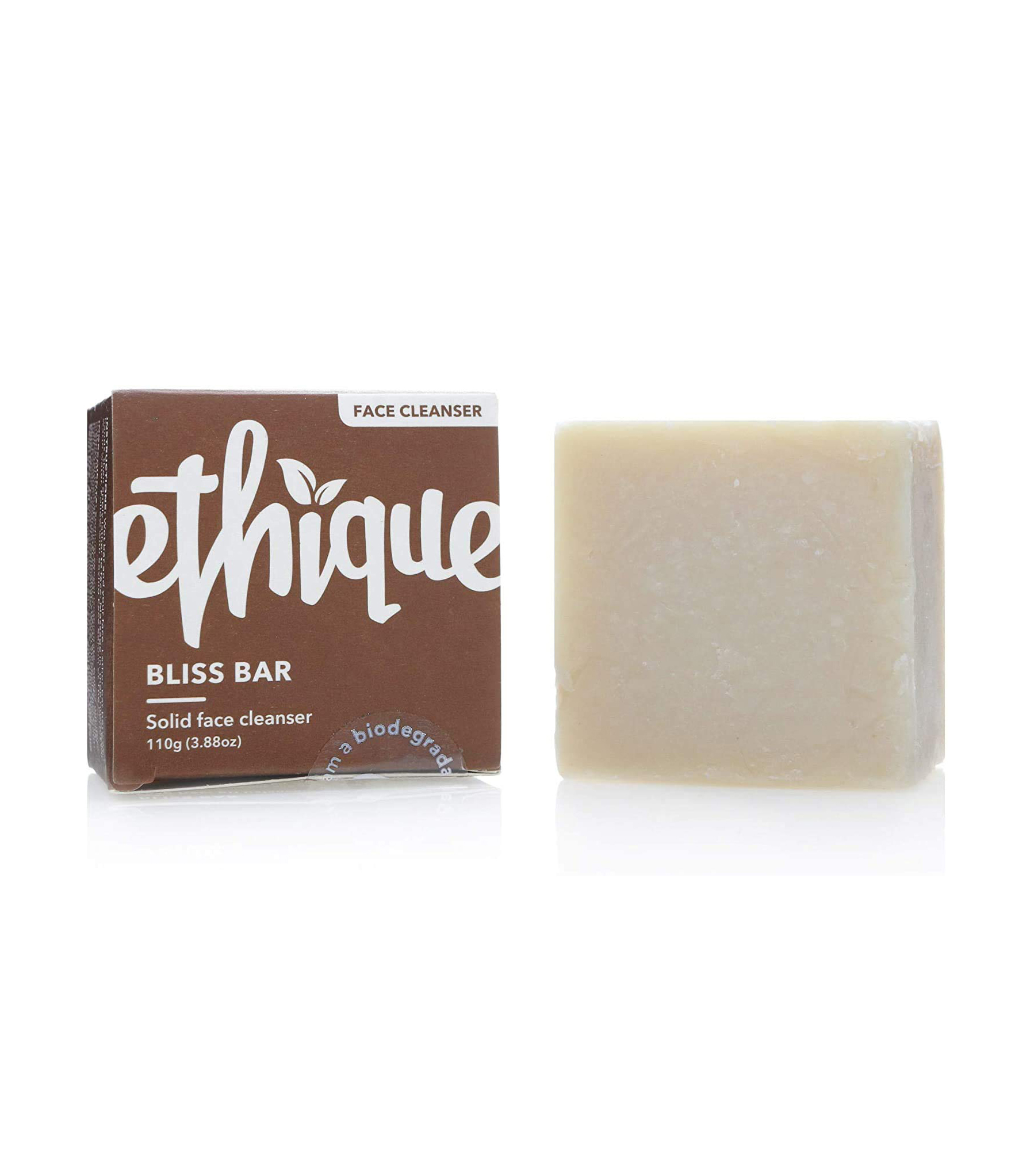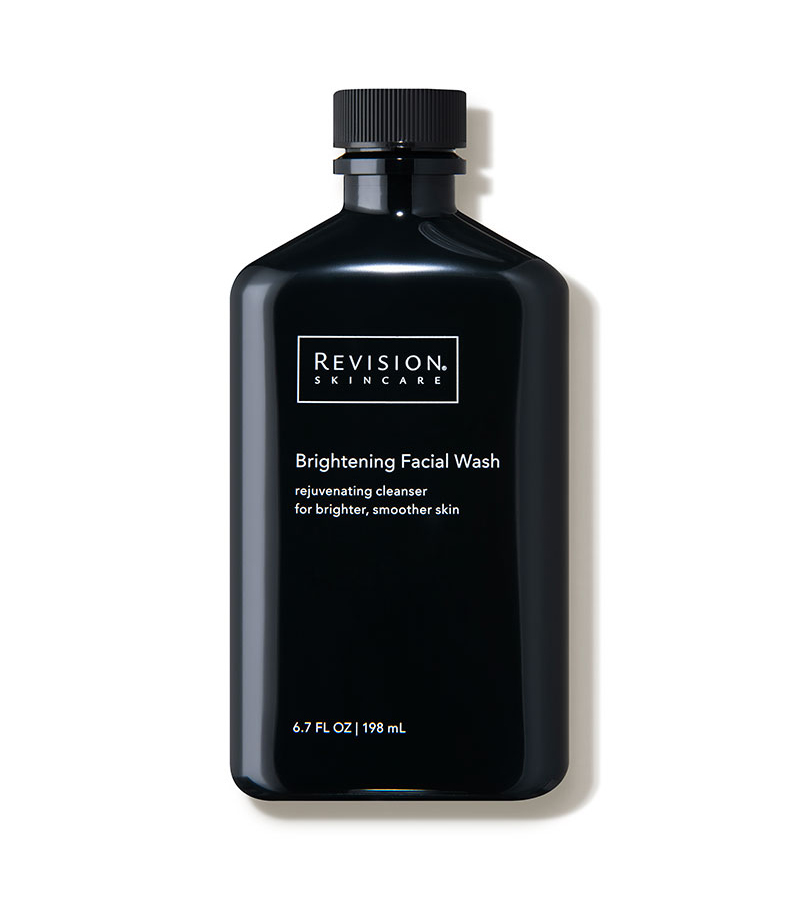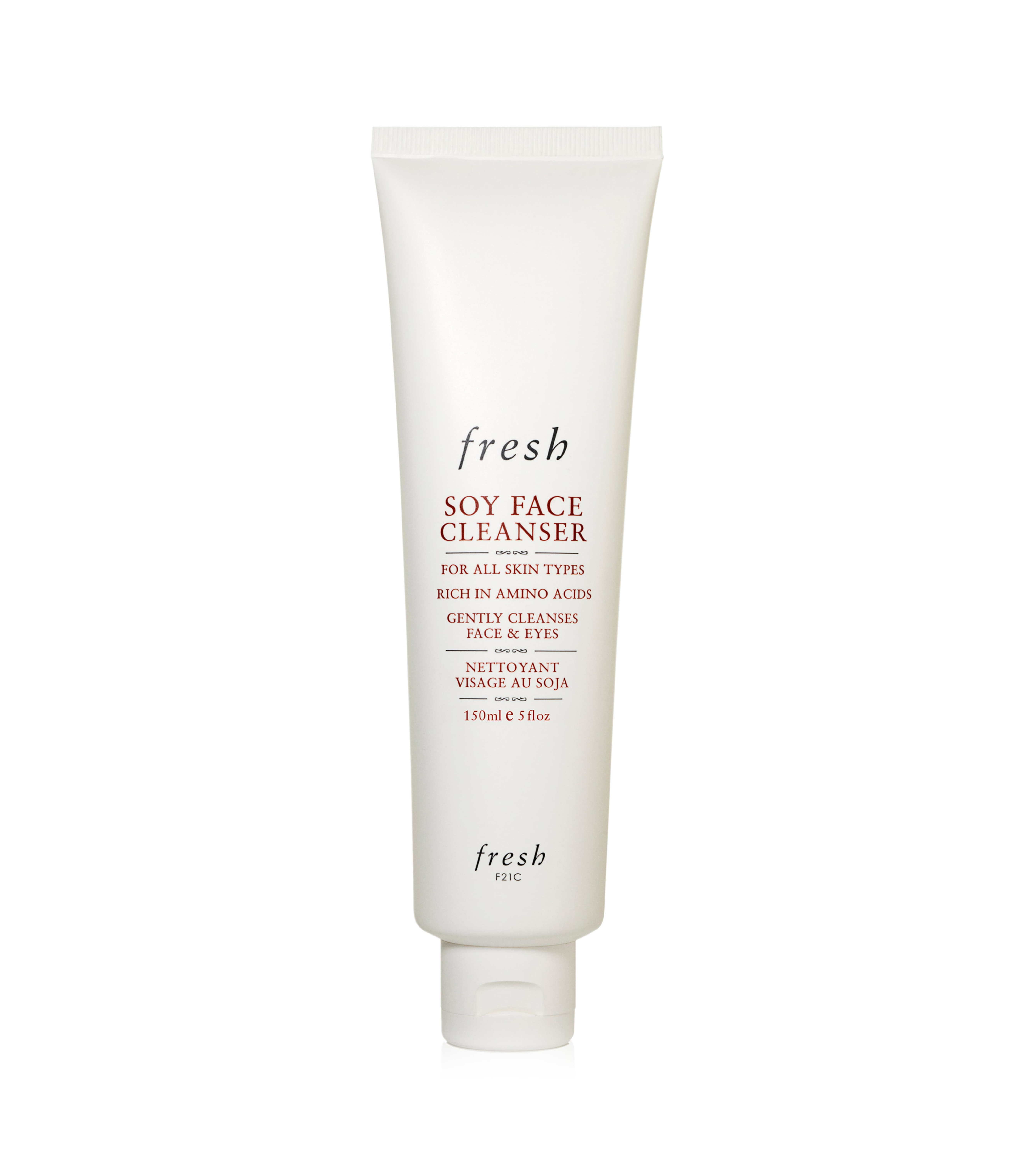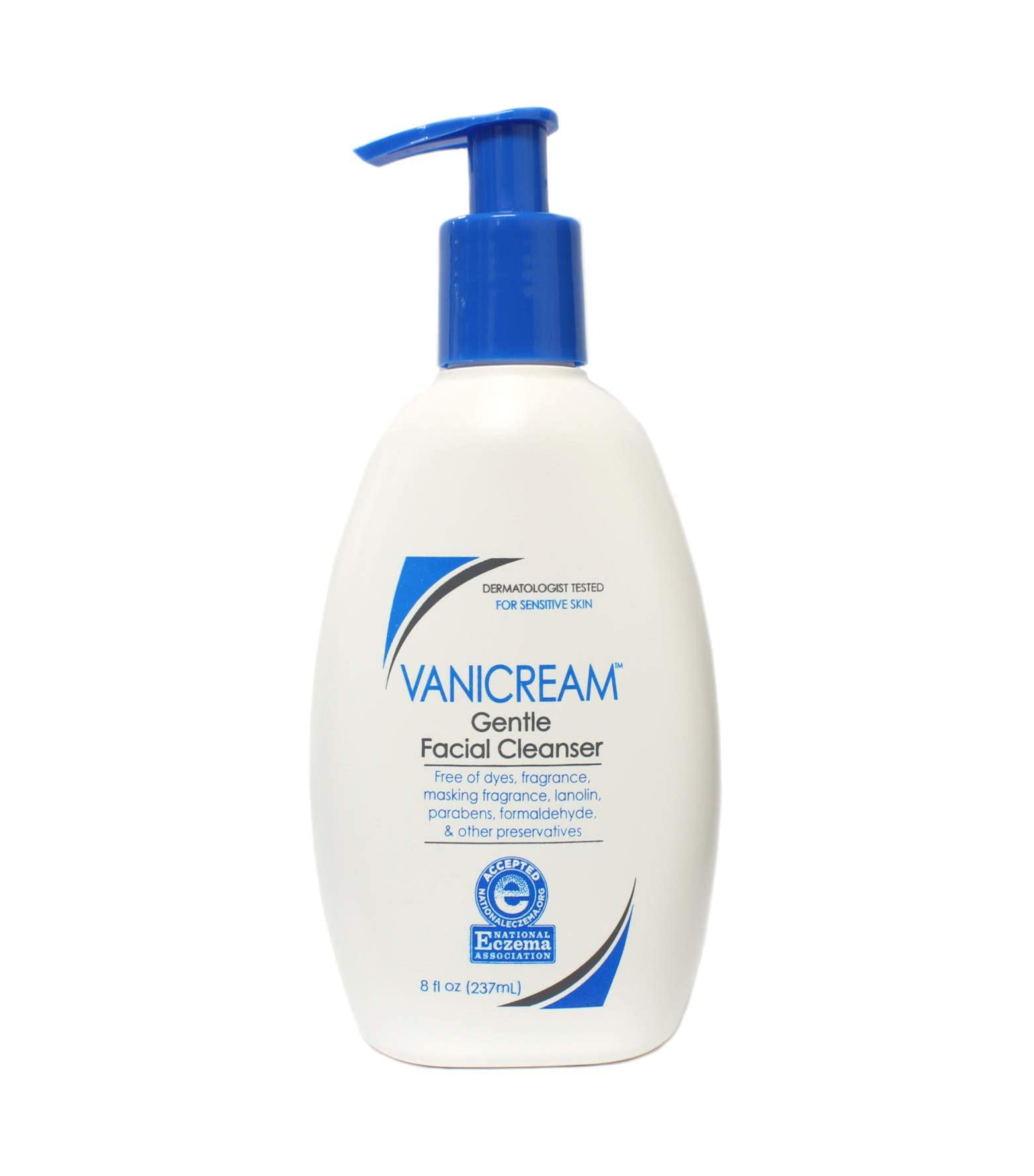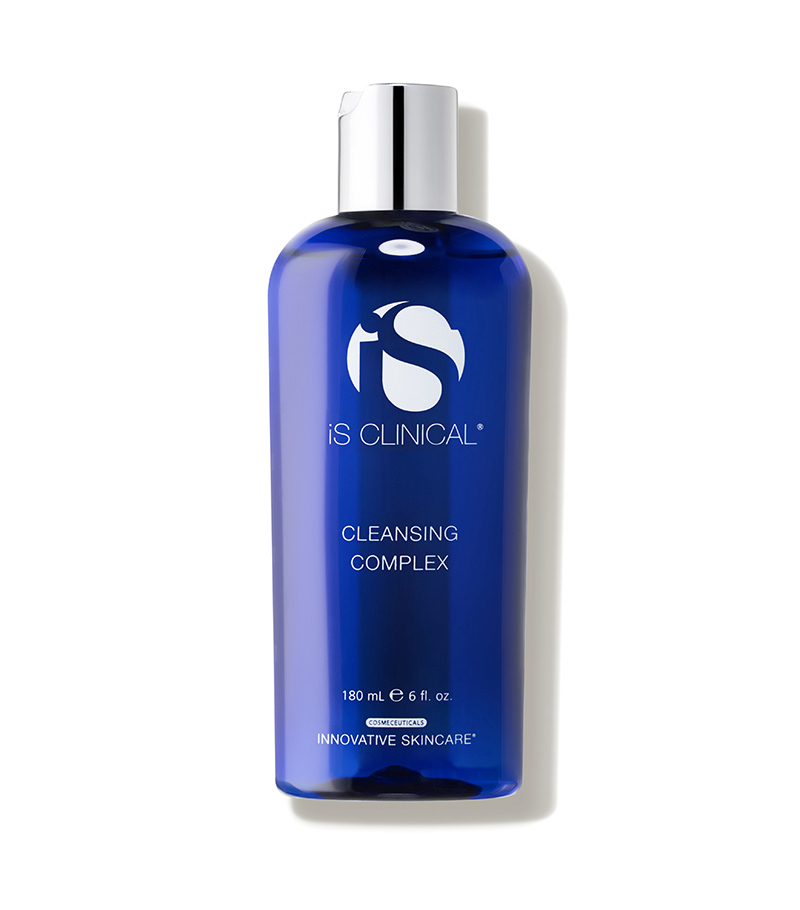The Under-the-Radar Mistake I Was Making When Washing My Face
In general, once I stick to a routine, I don't really like to veer off course. And that's especially true when it comes to my skincare routine. You know the saying, "If it ain't broke, don't fix it"? I subscribe to that. That's not to say I'm afraid of trying new things. When it comes to skincare, I am always volunteering to test new products. I'll give it a try, but will I like it enough for it to make my routine lineup? I can be a tough sell.
However, I recently ran out of a face cleanser I had been using for a long time and had no complaints about. I decided to branch out by not ordering the same product and instead introducing a brand-new cleanser to the routine. Big steps, I know. Luckily, it worked in my favor, and I realized this particular product worked especially well with my sometimes-dry skin. It was a lot gentler than my previous product and left my skin a lot more hydrated. While my ex-cleanser wasn't bad, I found that this new one was working a lot better for my skin.

So, by introducing a new product into my routine, I learned two things: I need to be more open to change in my skincare routine (and probably change in life overall, but that's for a different, soul-searching story), and I had been making a mistake when washing my face. I wasn't choosing a cleanser based on my skin type.
It's such a simple mistake but is actually so crucial. You want to set yourself up for success in all the things, and you've got to make sure you have the tools to support you. When it comes to your skin, having the right products that are formulated for your specific skin type is key.
And the experts agree. "I think the most important things to consider when choosing a cleanser are your skin type, your skin goals, and the other actives in your skincare routine," says Caroline Robinson, MD, FAAD, board-certified dermatologist and founder of Tone Dermatology in Chicago. "Not considering all of these things can lead to over-cleansing or under-cleansing, both of which are major pitfalls that I see daily in my practice."
How to Choose a Face Cleanser Based on Skin Type

Choosing a cleanser for your particular skin situation is not too difficult for the most part, but it can be a little daunting at first because there are so many different types of face cleansers out there. They've only gotten more advanced, too. Robinson says that a lot of cleansers remove oil, dirt, and debris while also exfoliating and moisturizing. Ultimately, aside from skin type, it's up to personal preference.
But it's important to understand the science behind what makes a cleanser effective at cleaning. The main ingredient for this? Surfactants. They loosen dirt and debris on the skin so that they can be cleared without destroying your skin barrier. "Much of the drying effect of certain cleansers depends on the type of surfactant used in the product," Robinson explains. "Anionic (or negatively charged) surfactants such as sodium lauryl sulfate (SLS) are very effective at removing excess oil and dirt but can be too harsh for sensitive skin types. Amphoteric (both positively and negatively charged) or cationic (positively charged) surfactants are typically used in formulas for sensitive skin for this reason."
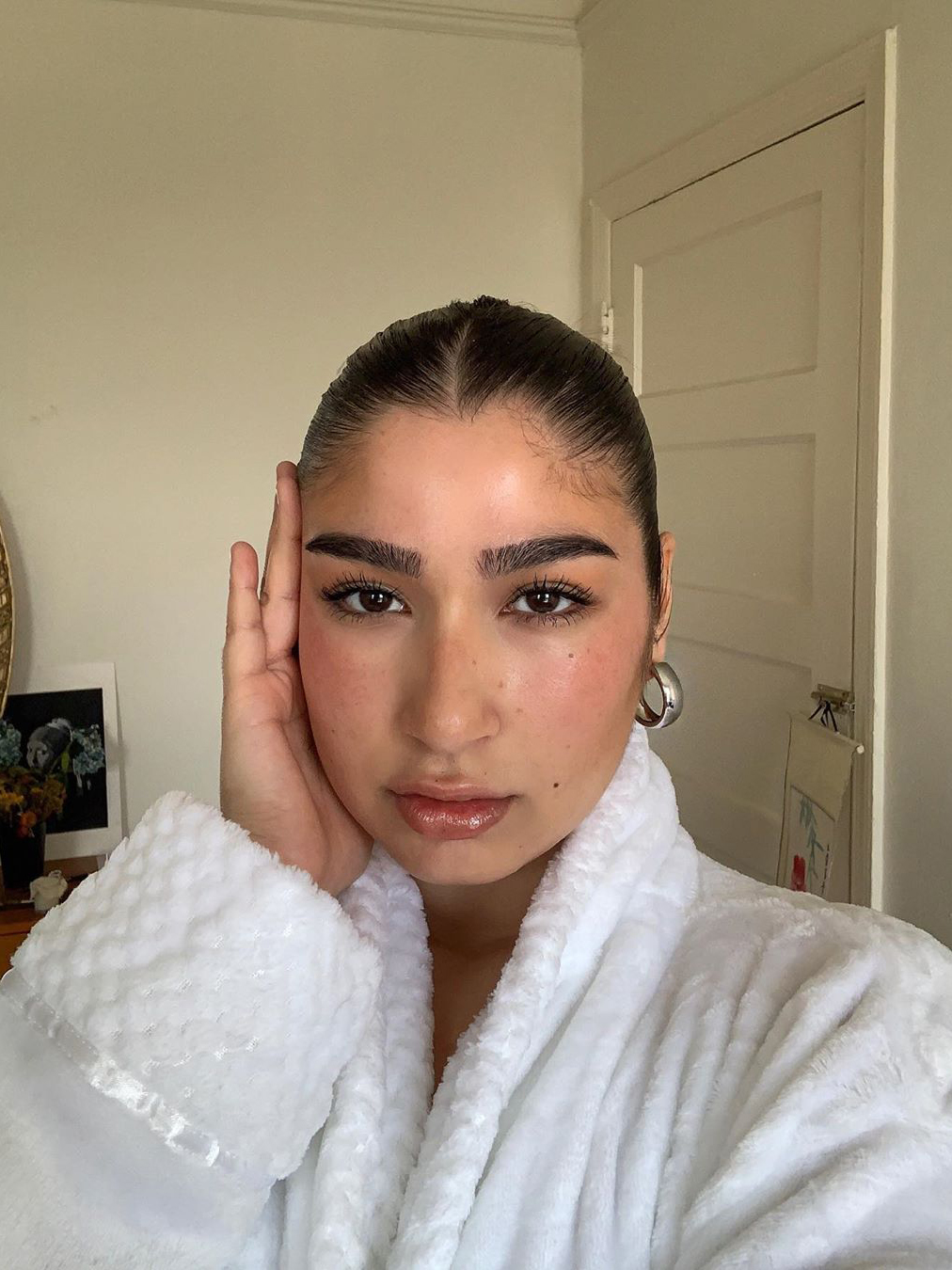
And in terms of the ingredients to look for in a face wash according to skin type, Robyn Gmyrek, MD, a board-certified dermatologist at Park View Laser Dermatology gave some suggestions:
Normal: You can usually tolerate most ingredients, including acids, clays, and oils.
Dry: jojoba oil, avocado oil, coconut oil, glycerin, and hyaluronic acid
Oily: salicylic acid and clay
Acne-prone: alpha or beta hydroxy acids like glycolic acid and salicylic acid
Sensitive skin: Look for cleansers that are alcohol-free and SLS-free. The less foaming, the better.
Overwhelmed yet? To further help navigate the world of face cleansers, I asked the experts to walk me through the different types and for some recommendations for each.
Cream Cleansers
Good for: dry, sensitive, mature skin
"Cleansing creams and lotions are one of my favorite types of cleansers because they can serve multiple purposes," Robinson says. "Creamy cleansers incorporate glycerin, fatty alcohols, or other emollients or humectants to make the skin feel softer and more moisturized post cleanse. Many can be used without water to cleanse the driest and most sensitive skin types." One thing to watch out for with this type of cleanser is that it may be difficult to rinse off or may leave residue, Gmyrek adds.
Gel Cleansers
Good for: oily, acne-prone, and normal skin
Robinson explains that these are typically clear and are formulated with anionic or amphoteric surfactants to accomplish a deep cleanse. Sometimes they also contain alpha and/or beta hydroxy acids (AHAs and BHAs). "Lightweight and deeply cleansing, this is a great option for people prone to breakouts. This type of cleanser decongests clogged pores and removes excess oil," adds board-certified dermatologist Michelle Henry, MD, FAAD.
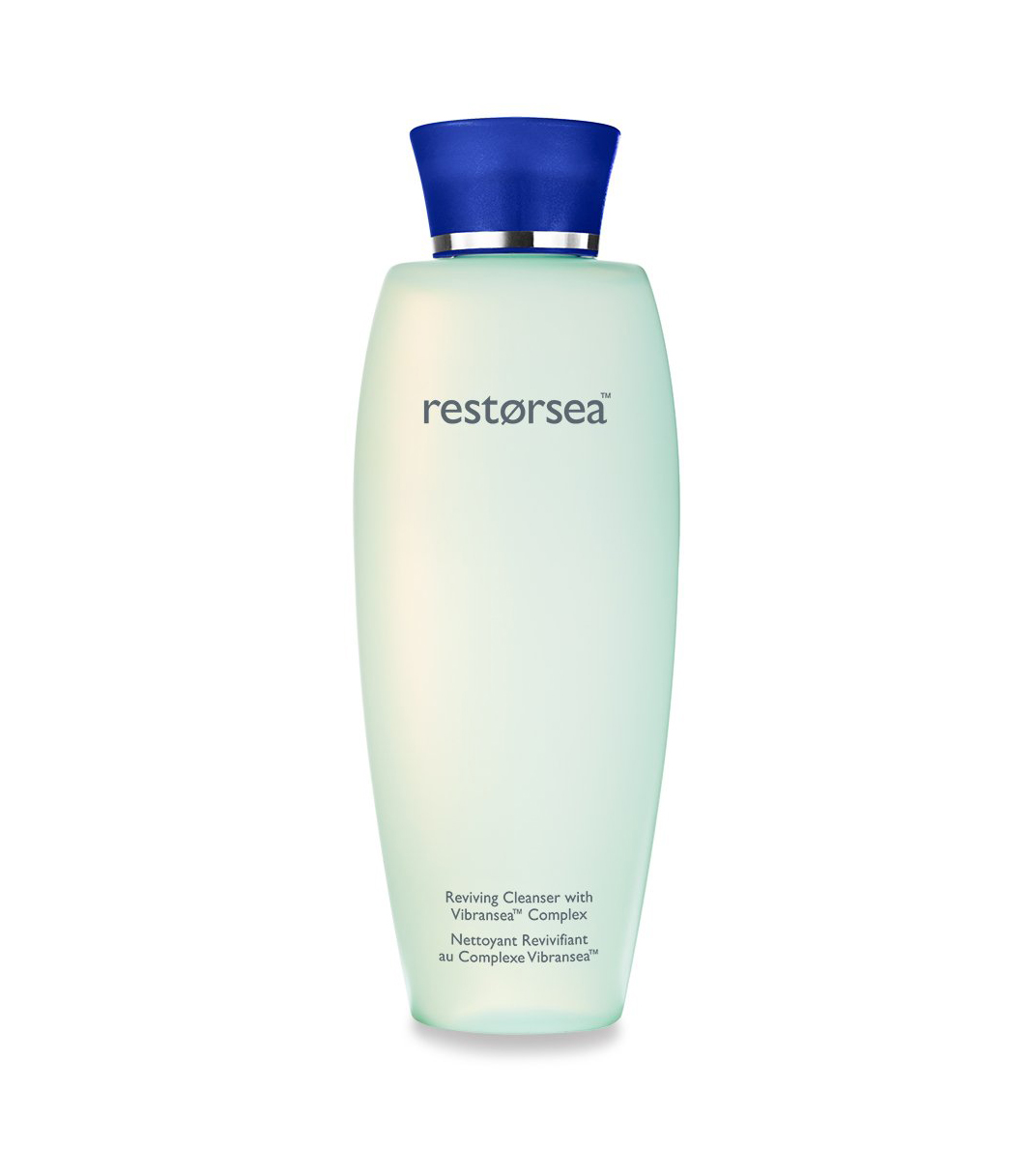
"[It] brightens and evens skin tone by using an enzyme that gently dissolves the dead skin layer of the skin, gently exfoliating and brightening the skin," Gmyrek says, noting that it's suitable for sensitive skin. It also doesn't contain parabens, PEGs, phthalates, sulfates, silicones, or mineral oil.
Foaming Cleansers
Good for: oily, combination, and normal skin
All of the experts say that foaming cleansers are very effective at cleaning everything off. That's because they're generally soap-based and can emulsify oils for a thorough clean. "A foam cleanser removes every last trace of makeup and excess oil," Henry says. "However, sodium lauryl sulfate (SLS)—the ingredient that causes the 'foaming'—can be irritating or overly drying to sensitive skin types."
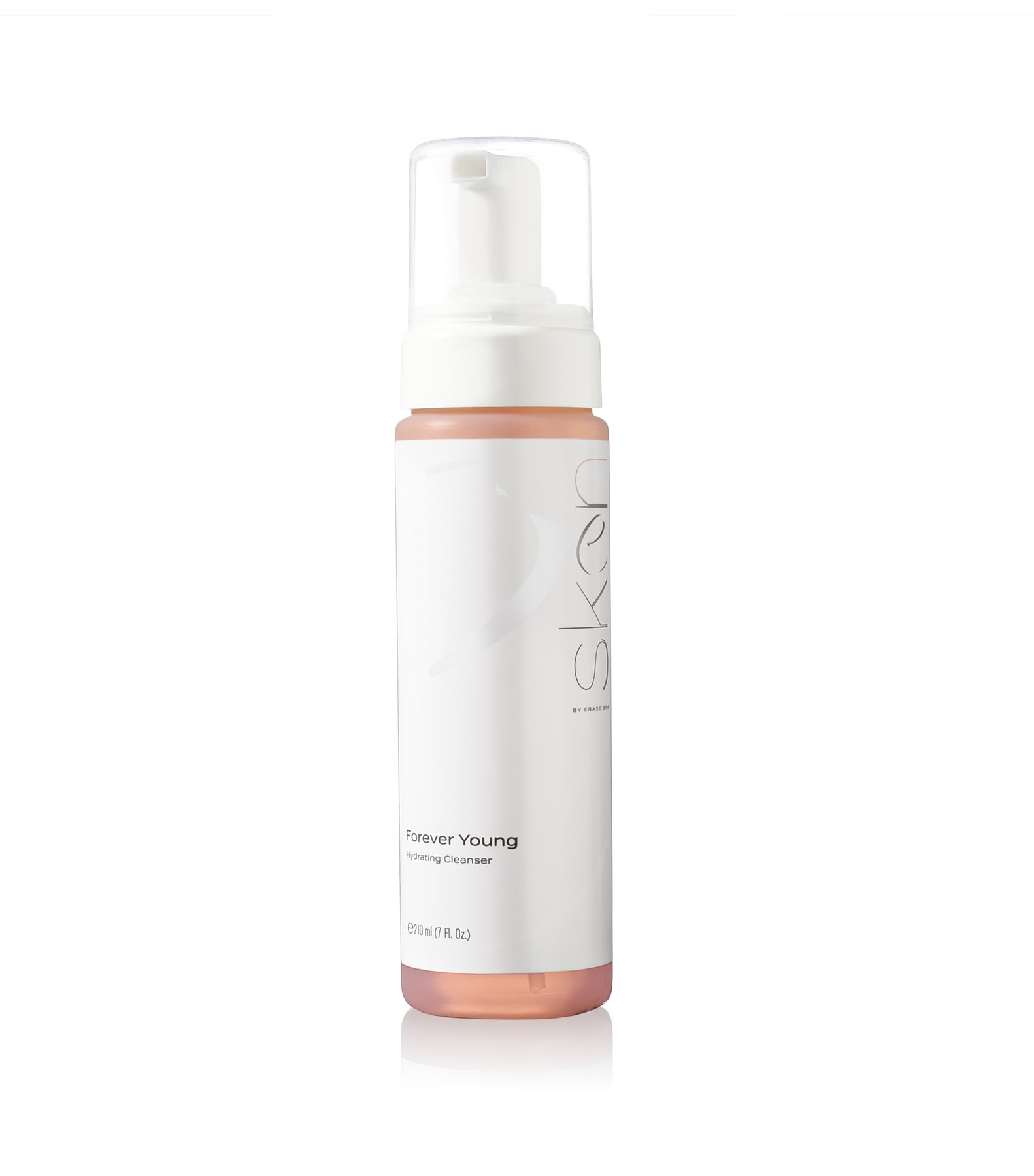
Celebrity esthetician and founder of Erase Spa Lisa Guidi recommends this foaming cleanser because it not only removes dirt, oil, and makeup, but it also delivers essential vitamins to the skin and helps stimulate collagen production.
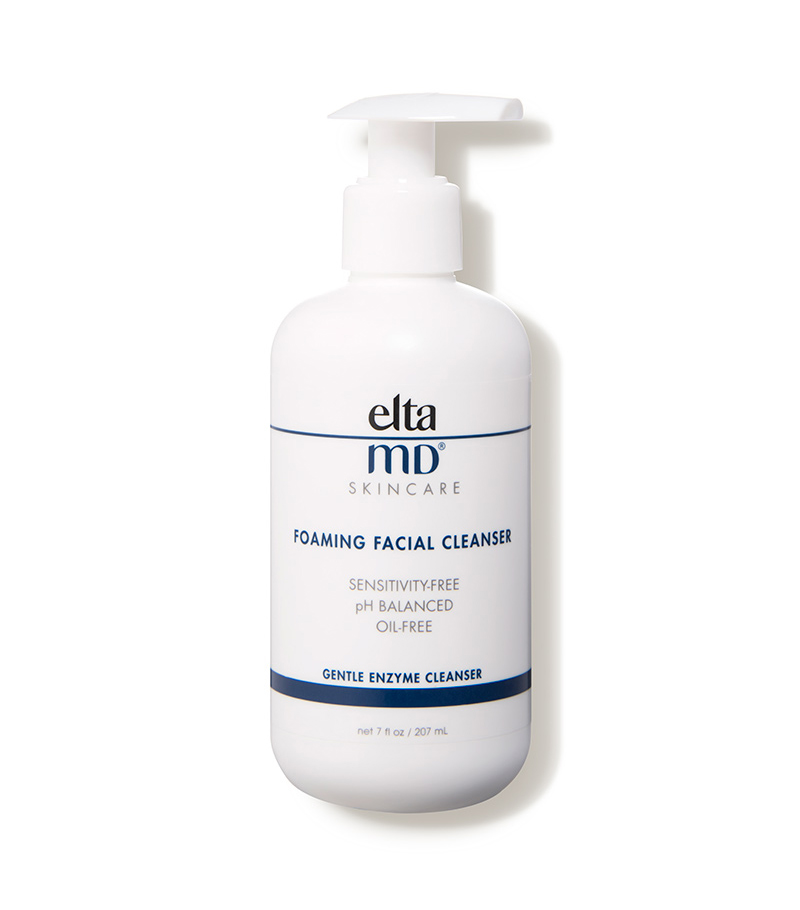
"It's self-foaming and extremely gentle yet leaves your skin feeling clean," Robinson says. "It has innovative ingredients like bromelain, which is an enzyme that comes from pineapple stems and is one of the milder exfoliants for the skin. It's suitable for all skin types."
Oil Cleansers
Good for: all skin types, especially dry skin
"Oil cleansers contain a blend of oils with minimal to no surfactants," Robinson says. "These cleansers are designed to be used without water to help attract oil and debris on dry skin that can be massaged off and then rinsed away. Because these cleansers rely on the action of oil instead of surfactants, they can actually be less irritating and more hydrating than some traditional surfactant-based cleansers. I definitely see oil cleansers misused a lot, however, and I think integrating them into a cleansing routine is an advanced step. I rarely recommend using them exclusively, but I see this done often."
And it might seem backward, Guidi says, but they can also work for oily skin types.
Clay Cleansers
Good for: oily and acne-prone skin
Henry says clay cleansers work like clay masks in that they draw out impurities in the skin, clean pores, and absorb excess oil. If you have oily or acne-prone skin but have trouble with AHAs and BHAs, this might be a good alternative. Just be careful with products that have bentonite clay or French green clay. Gmyrek explains that they can be overly drying since these ingredients have strong oil-absorbing qualities.
Micellar Cleansers
Good for: all skin types
"Micellar cleansers contain microscopic oil molecules (or micelles) suspended in water," Robinson explains. "They can help with cleansing in sensitive areas (like waterproof makeup around the eyes), but because of their milder formulation, they are generally not as effective as traditional cleansers in removing dirt. I never recommend using micellar cleansers exclusively. Another cleansing method should be incorporated in a routine using these products."
They also come in handy if you want to clean your face on the go but don't have access to water or a bathroom, like when you're on a plane or in the car, Guidi adds.
Powder Cleansers
Good for: all skin types
Powder cleansers typically turn into a cream, gel, or foam when you add water. "There are less or no preservatives in these formulations, so if you are sensitive to preservatives or have allergies, it might be an optimal choice," Gmyrek says. "They exfoliate while they cleanse due to the powder formulation. You can control the grain of the powder by how much water you add. They also may include extra enzymes in the product, which also help to cleanse and exfoliate by breaking up dead skin cells and loosening them from the surface."
She adds that they're not her first choice for people with dry skin. And while they offer a deep clean, the exfoliation properties might be too much for daily use.
Bar Cleansers
Good for: all skin types (depending on ingredients)
It doesn't hurt that bar cleansers are more eco-friendly and easier to travel with since they're TSA-safe. "Cleansing bars are often made in a similar process as traditional soaps," Robinson says. "A fat or oil (such as coconut oil or plant oils) are exposed to alkali environments and heat in a process called saponification. This creates fatty salts, fatty alcohols, glycerin, and other products that cleanse and moisturize. These cleansers almost always contain an anionic surfactant and tend to be harsher on the skin. They rely heavily on glycerin and added fats and oils to counteract the drying effect of the soap. These cleansers are suitable for normal to oily skin but may not be the best cleansers for dry and sensitive skin types."
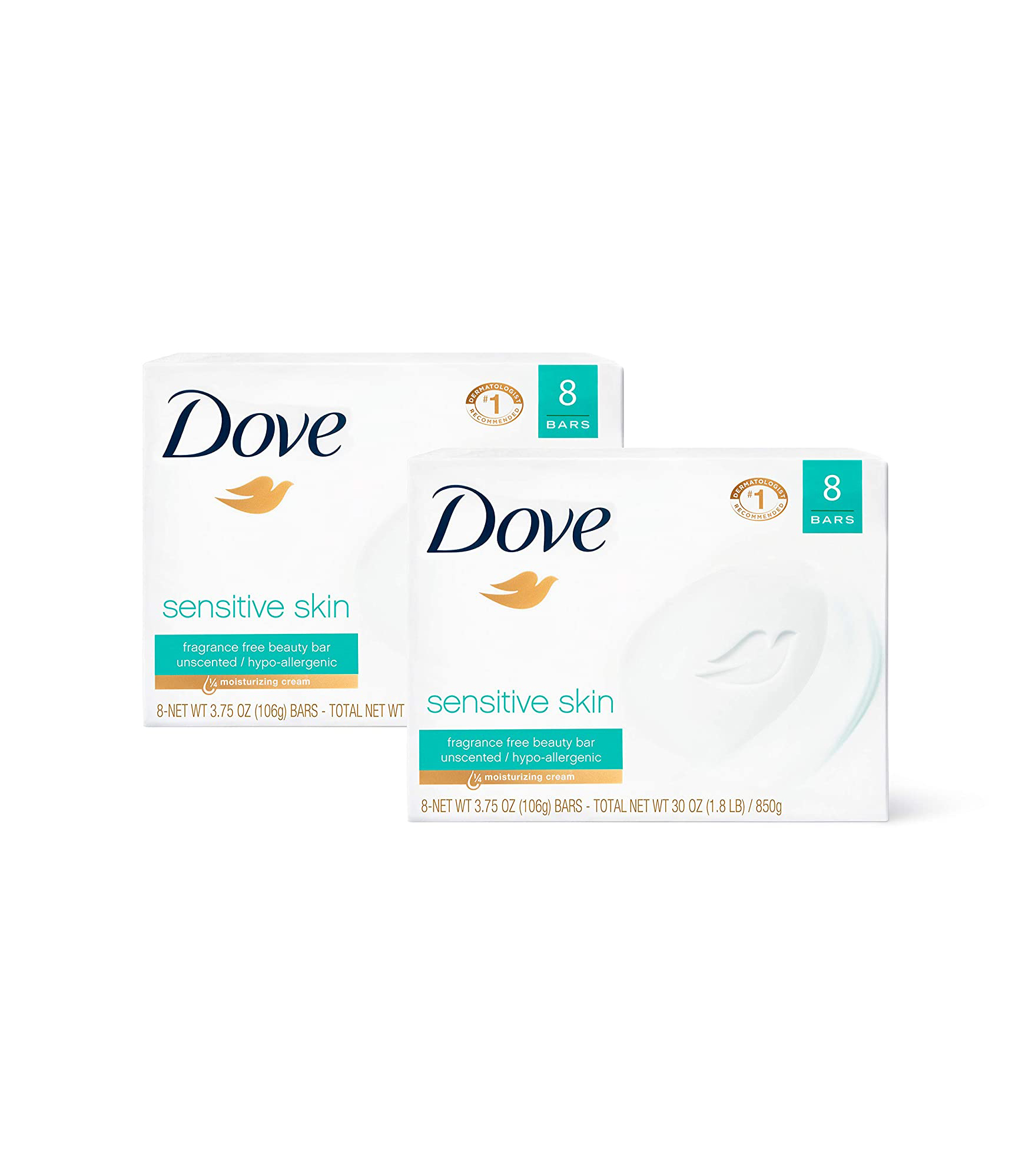
"It contains DEFI, which is a very mild cleanser with fatty acids, and a quarter moisturizing cream to help add back moisture that is lost during normal washing," Robinson says. "It's great as a gentle face and body soap for those with normal to sensitive skin."
Exfoliating Cleansers
Good for: normal, oily, acne-prone skin (If you have dry skin, make sure you apply moisturizer immediately after.)
Exfoliating cleansers come in two forms: chemical and physical. Chemical exfoliating cleansers have mild acids like AHA, BHA, or PHA and come as gels, foams, and creams. Physical exfoliating cleansers have small abrasive particles to remove dead skin cells. "I typically do not recommend physical exfoliating cleansers for the face. While they are effective at exfoliating in the short term, they are not beneficial for long-term skin health," Robinson says. "Some of the long-term effects include uneven skin tone, irritation, inflammation, and rashes. The exception is physical exfoliating cleansers with dissolving beads or particles, which can be safely used weekly depending on the cleanser."
Gmyrek adds that these cleansers can be irritating if you have sensitive skin, rosacea, or eczema.
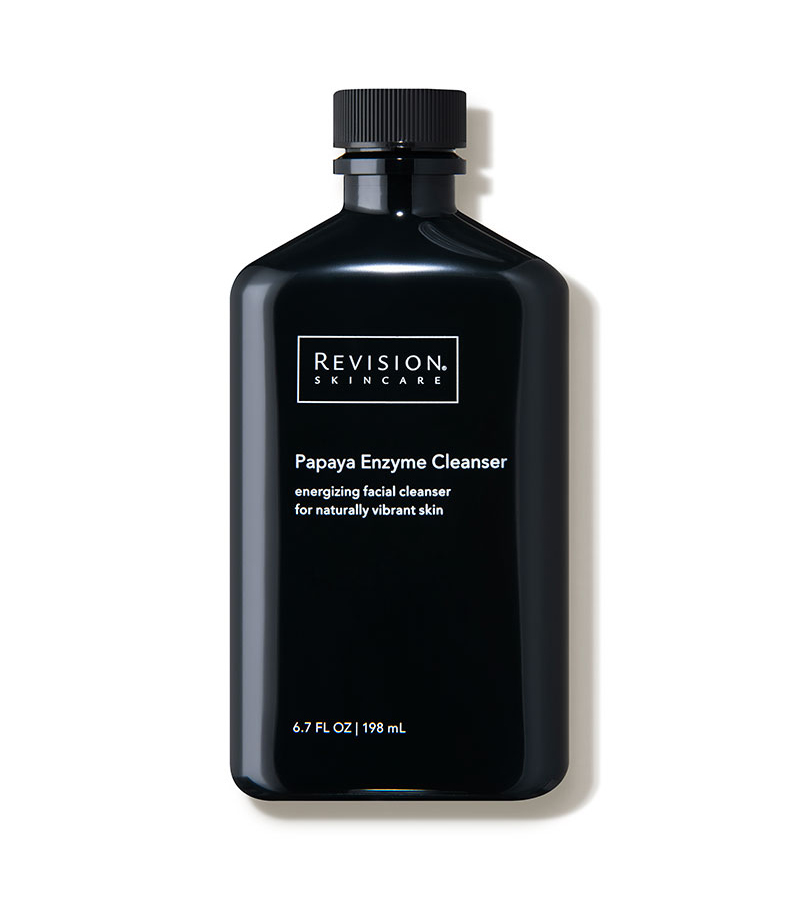
Robinson says this one is even milder than the brand's Brightening Facial Wash and is suitable for all skin types. "Papaya is a great source of the antioxidant vitamin C, which not only helps with free radical damage from the sun but also has a brightening effect," she explains. "It also contains vitamins A and E. In addition, it contains an enzyme called papain, which can help gently exfoliate the skin."
General Rules for Washing Your Face
Once you find your face cleanser match, it's all about setting up a good routine and actually washing your face correctly. The experts gave us some pointers.
Follow These Steps
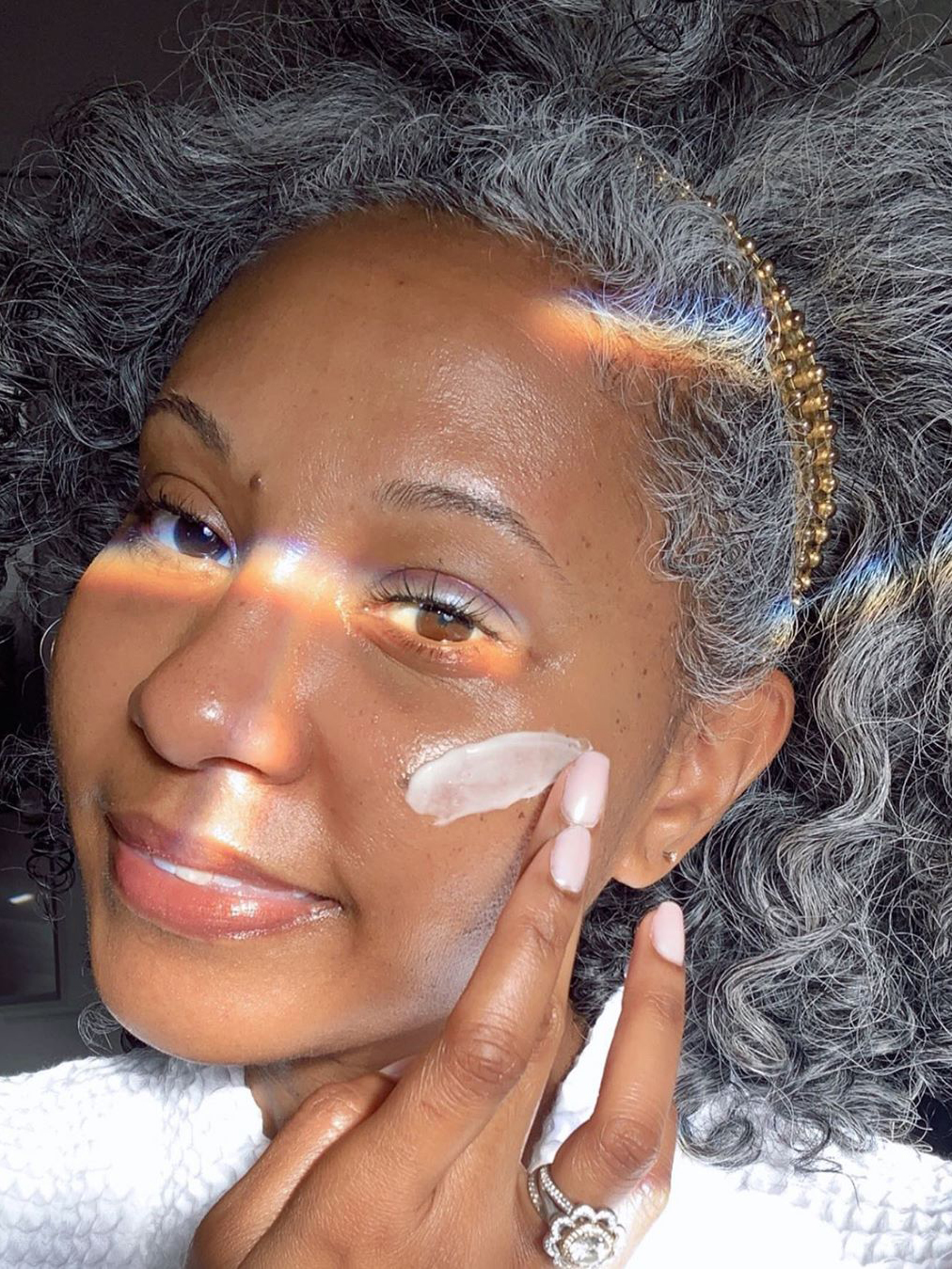
Before you even start cleaning your face, Henry says you should make sure your hands are clean. "Use lukewarm water, and clean your skin for a full minute, massaging your face upward in gentle, circular motions," she says. "Don't forget your neck! Then, pat dry (don't harshly scrub) with a clean towel."
Listen to Your Skin
You might have to change up your cleanser depending on your environment or the season. "For example, if you have dry skin and live in an environment where seasons change, you might be able to use a foaming cleanser in the summer when it is hot and humid but need an oil cleanser in the winter when it is cold and dry," Gmyrek says.
Think About Having Different Cleansers for Day and Night
"Another important thing to note is that the cleanser you use in the morning may be different from the cleanser you use at night," Robinson says. "For women over 30, I almost always advocate for milder cleansers at night to avoid overdrying the skin and to prep the skin for beneficial anti-aging ingredients like retinol/retinoids."
Consider Double Cleansing
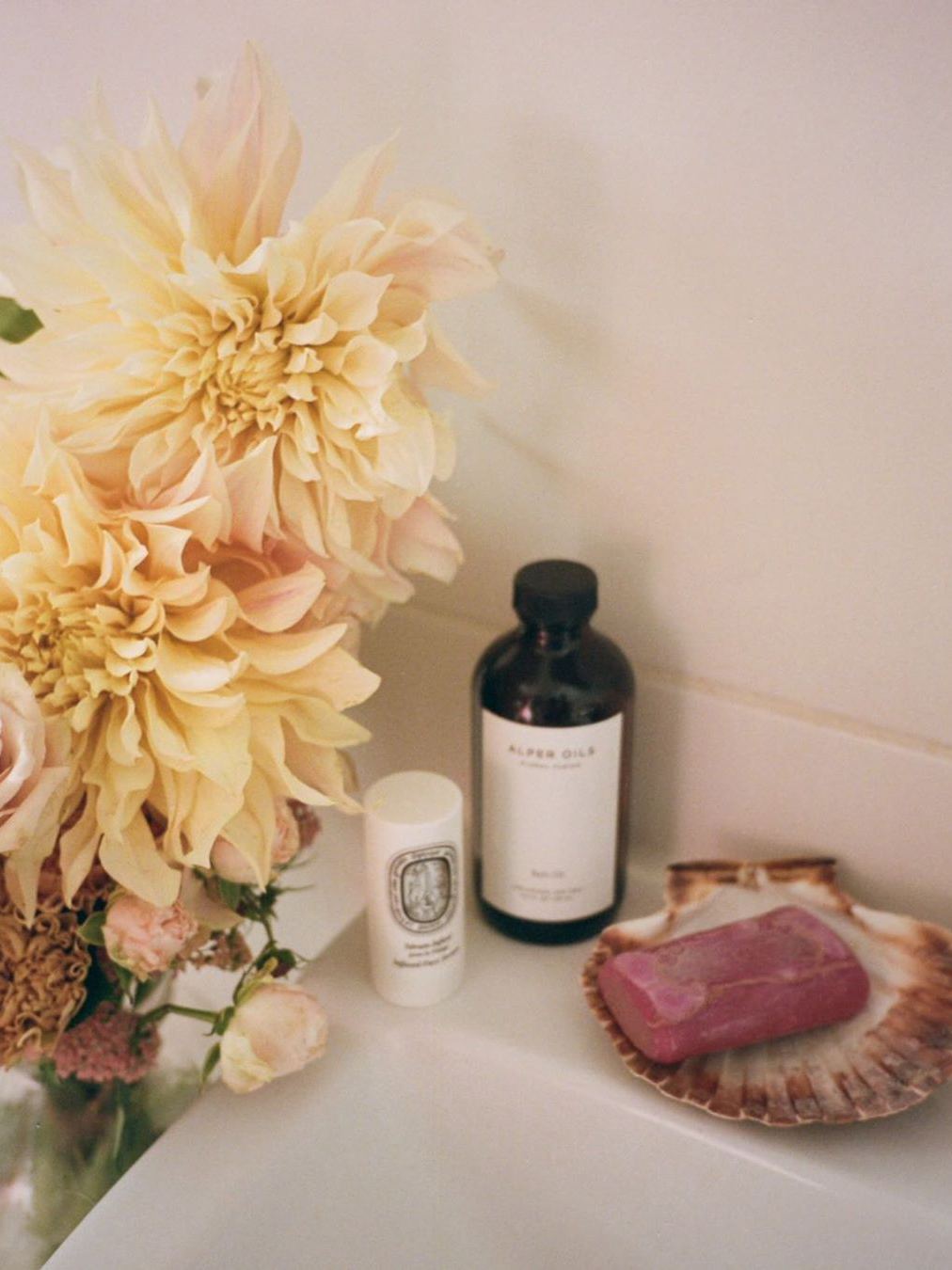
Guidi is a big believer in double cleansing, like using an oil or balm to remove dirt and makeup and then using a gel or cream cleanser. "A pre-cleanser and a cleanser can really go a long way," she says. "Also, the key is to use warm water and a warm towel at home when thoroughly cleansing your face. Wet face with warm water and massage in a circular motion. Avoid the eye area and rinse thoroughly with warm water or a washcloth."
Pay Attention to Actives
You don't want to double up on ingredients, Robinson says, so think about your other skincare products. "I commonly see patients who cannot tolerate retinoids and retinols, for example, because they are unknowingly prepping their skin at night with a salicylic acid or other exfoliating cleanser," she explains. "This combination can be very irritating because both active ingredients are causing exfoliation to some degree."
Next up, The Best Youth-Enhancing Skin Regimens Include These 8 Strategic Ingredients
Sarah is lifestyle writer and editor with over 10 years of experience covering health and wellness, interior design, food, beauty, and tech. Born and raised in Los Angeles, she attended New York University and lived in New York for 12 years before returning to L.A. in 2019. In addition to her work atBest Knockoff Luxury Clothing , she held editor roles at Apartment Therapy, Real Simple, House Beautiful, Elle Decor, and The Bump (sister site of The Knot). She has a passion for health and wellness, but she especially loves writing about mental health. Her self-care routine consists of five things: a good workout, “me” time on the regular, an intriguing book/podcast/playlist to unwind after a long day, naps, and decorating her home.
